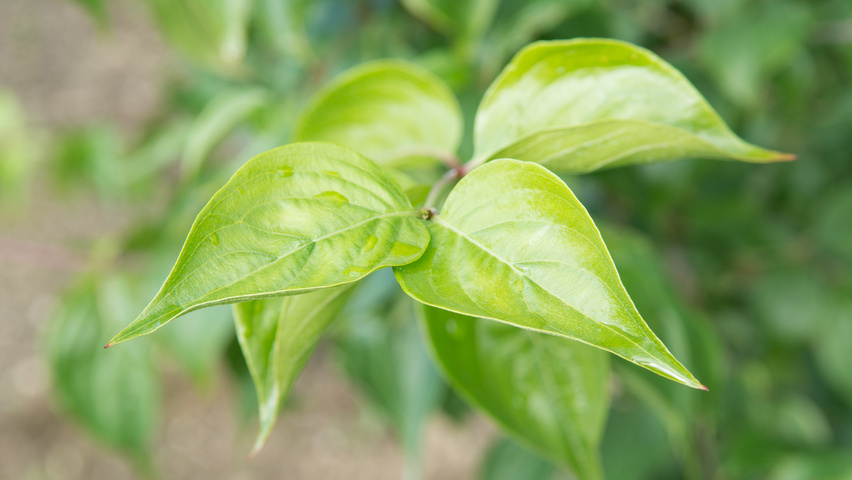


The objective of this experiment was the evaluation of approximately a dozen cultivars in terms of growth and fruit yield under the conditions of Central Europe. However, the fruit from natural sites is of lower quality than the cultivars, as their seedlings differ in terms of fruit ripening. Due to the rarity of its cultivation, Cornelian cherry is harvested from natural sites of occurrence. This study demonstrates that Chinese quince fruit grown in Ukraine and Slovakia is a perspective source of valuable polyphenol content with high antioxidant activity and is a valuable fruit for use in the agriculture and food industries.įruit of Cornelian cherry can be used fresh or processed, and cultivation practices are developing in this direction. The results showed that all fruit extracts exhibited strong antioxidant activities, which generally correlated positively with the total phenolic content. Significantly positive correlations were found between all the parameters in the samples of Ukrainian origin. Strong positive correlations (p ≤ 0.05) were observed between the content of phenolic acids and flavonoids in the peel in plants from Slovakia (r = 0.951, r = 0.928, respectively) between the phenolic acid and antioxidant capacities detected using the MRP method – r = 0.950 and r = 0.955 for peel and pulp, respectively between the determination of antioxidant activity by the DPPH and MRP methods in the peel and pulp in plants from Ukraine (r = 0.986, r = 0.998, respectively). All observed parameters differed significantly between the genotypes. The peel extracts contained the highest content of bioactive compounds when compared with the pulp extract (from 15.30 to 32.60%). Phenolic acid content varied from 1.12 to 8.39 mg CAE (caffeic acid equivalent) per gram DM. Total polyphenol content was from 34.73 to 82.02 mg GAE (gallic acid equivalent), while total flavonoid content was from 0.50 to 26.72 mg QE (quercetin equivalent) per gram DM. Antioxidant activity, measured using the molybdenum reducing antioxidant power method, ranged from 69.82 to 225.04 mg TEAC per gram of DM. radical scavenging activities with values from 6.17 to 9.56 mg TEAC (Trolox equivalent antioxidant capacity) per gram of dry matter (DM).The content of the total antioxidant activity (DPPH method and molybdenum reducing antioxidant power), total polyphenol, flavonoid and phenolic acid compounds in the pulp and peel of Chinese quince were compared across five genotypes from Slovakia and three from Ukraine. The objective of this study was to evaluate the biological activity of Chinese quince (Pseudocydonia sinensis Schneid) genotypes of Ukrainian and Slovak origin. Neglected and underutilized plant species could serve as a valuable source of natural bioactive compounds. PCA can be a very useful tool for segregating natural accessions with the best fruit physico-chemical properties and antioxidant activity. However, correlations between fruit physical traits and content of primary and/or secondary metabolites were not significant in most cases or were of weak intensity, indicating that larger fruits were generally poorer in phytochemicals content. The fruit physical characteristics correlated significantly and positively with each other. The 'AFTM 27′ had the lowest RI, whereas 'AFTM 24′ had the worst TPC and TFC. The most acidic fruits had 'AFTM 11′ and 'AFTM 27′. The highest RI was found in 'AFTM 8′ and 'AFTM 10′. The worst vitamin C content, TAc and TPC had 'AFTM 21′ and 'AFTM 24′, respectively, whereas the lowest TFC and TAC were registered in 'AFTM 11′. The 'AFTM 18′ had the best antioxidant capacity, whereas 'AFTM 19′ had the highest TFC. The lowest values of all fruit physical traits were registered in 'AFTM 6′. The 'AFTM 1′ characterized with the highest FW, FRa, both fruit dimensions, D g, SA, FV, TAc and TPC and with the lowest SSC. In general, the best fruit physico-chemical properties and antioxidant activity had 'AFTM 1′, 'AFTM 7′, 'AFTM 8′, 'AFTM 10′, 'AFTM 18′ and 'AFTM 19′ although there were similarities between certain accessions in the values of the evaluated traits. The results indicated significant differences in FW, SW, D g, L/D ratio, φ, FRa, SA and FV and contents of primary metabolites, phenolic compounds and antioxidant activity among accessions. From 2018-2020, we evaluated main fruit phisico-chemical properties and antioxidant capacity of 27 natural cornelian cherry (Cornus mas L.) accessions selected at western Serbia.


 0 kommentar(er)
0 kommentar(er)
